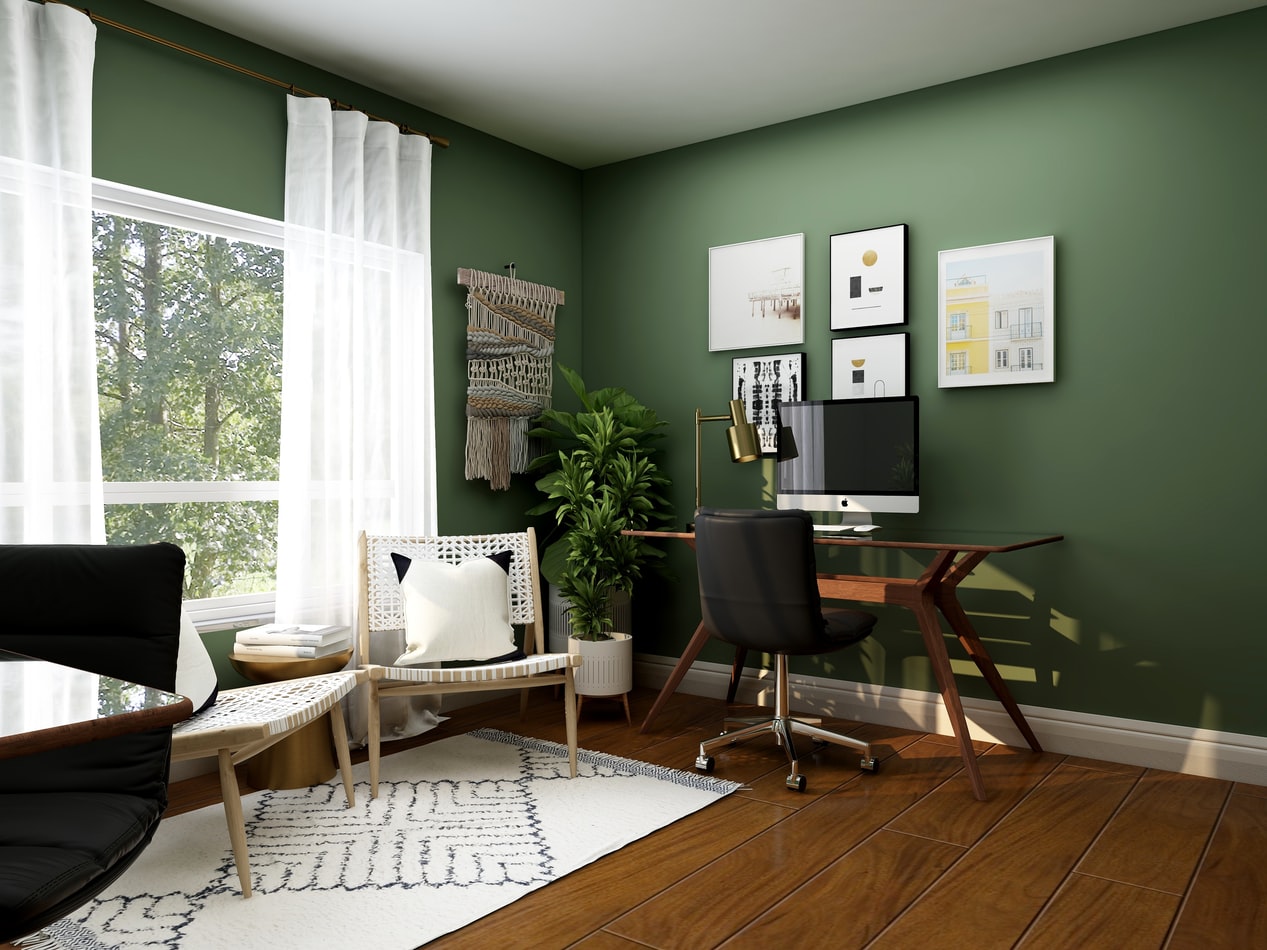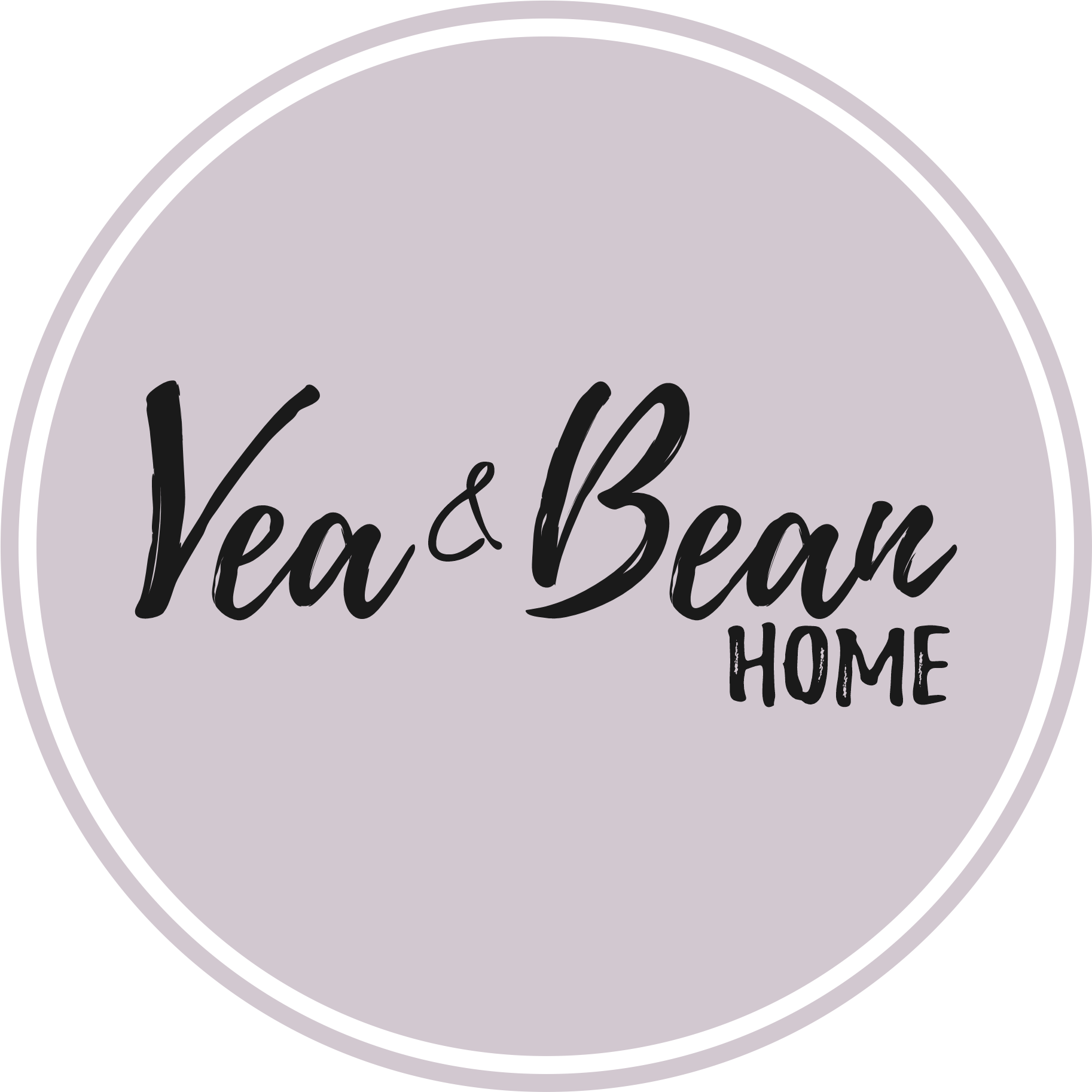
Decluttering Your Home
With the holidays behind us, now is the perfect time to tackle some of that clutter that has a way of sneaking up on all of us.
You might be surprised to know that a cluttered home can have much more than just an aesthetic impact. It can cause anxiety, negatively affect your sleep, impair your focus, increase your oxidative stress, and limit your ability to process information. With clutter’s ability to have such an impact on our state of mind, it’s easy to see how decluttering your physical space can help you declutter your mind. This often results in a cleansing experience leaving you feeling lighter and having more room to breathe.
Once you have decided to take on a household declutter project, it can be hard to know where to start. That’s why here, you’ll find these quick and easy rooms or ideas to get you started.
Home Office
1. Go through section by section, and only keep essentials – It always seems easy to justify keeping one thousand paper clips or years-old cable bills; but, if you find yourself holding onto an excessive amount of supplies, now is a great time to downsize! You really do not need those handfuls of paperclips – especially if you haven’t used them in the last few years!
2. Make use of tech options – Sign up for a cloud storage service to back up documents so you don’t need to keep as many hard copies. Google drive is a great starting place or our tried and true Drop Box option!
3. Sort things into categories like “keep”, “recycle/trash”, and “belongs elsewhere”. Then, relocate the items that were misplaced and remove the recycled or trashed items.
4. Create a system for storing physical files. This will keep your important documents within reach and well organized. For our own interior design firm, we use a small filing cabinet with files labeled per client, vendor, banking info, and tax purposes. Each file is labeled using a label maker or sometimes a label template we’ve downloaded from Avery.com. Then, each year, we move out the old year and box them up for record time keeping purposes and replace them in the file cabinet with the current year folders. One thing important to note here is that you need not keep everything from year to year. Only important documents need to be retained. And then when the retained to date has past – get rid of them. We love to follow Her Money and this post particularly for info on what to keep and what not to keep.
5. Label everything – Whether it be files or boxes, nothing is more frustrating than organizing in a new way and not being able to locate what you need. As mentioned above – we love our label makers. We also love Avery Labels and Avery label Templates.
Junk Drawer
We all have one! This universal catch-all has a way of collecting all the odds and ends and is rarely cleaned out.
1. Sort, group, and arrange into piles – Sort items into piles like pens, batteries, scissors, rubber bands, etc. Toss any trash or broken items. Consider how many of each item you want to keep. We mean, do you really need 27 pens in the kitchen?
2. Plan storage solutions – Using a drawer divider like this one from Wayfair or ones frequently used for silverware is a great way to compartmentalize and make it easier to sort the small or loose items.
3. Maintain – The initial decluttering of this space is often the easiest of all. However, maintaining it is often overlooked and results in a drawer you can barely open in no time. Make a point of regularly removing any items that do not fit into the organization you created previously.
Spare/Guest Room Closet
This is a tricky space as it is often a dumping ground for things you don’t otherwise know what to do with. By keeping this area organized, it will allow space for your visitors as well as functional storage for you.
1. Section off an area you won’t use – This will create space for your guests so they don’t have to live out of their suitcases while visiting. Set the space with a few empty hangers and maybe a free drawer, shelf, or cubby depending on your closet layout.
2. Purge a lot of what you are not using – Think about what you are storing in this room. Is it used often or has it been years since you’ve opened those doors? Find items to donate to your favorite charity or pass it along to a family member.
3. Use containers with lids for storage – If you will be hosting guests in this room, you will really want to make sure this closet looks neat and tidy (even as your storage area). Look for boxes or bins with lids and label them so you can identify what is inside at a quick glance. Decorative storage boxes like this rattan one from Birch Lane are great for smaller trinkets while totes are great for seasonal clothing and decorations.
4. Stock closets with guest-friendly essentials – Invest in a few good hangers and consider adding a basket of toiletries like a single wrapped toothbrush, sample size toothpaste, travel sizes of shampoo, body wash, deodorant, and even body lotion. All these little items (even if they don’t use them) can really make your guests feel at home. Include spare linens for them like a towel and washcloth and any spare bed linens or pillows.
Under the Bathroom Sink
1. Remove all empty or mostly empty bottles and try to compile or refill where you can.
2. Store hair dryers and stylers like brushes or styling creams in a file organizer.
3. Attach a magnetic strip to the inside of your cabinet door for loose hairpins. If you wish to not permanently attach anything, apply a command hook on the inside with an open bag.
4. Store makeup or toothbrushes in mason jars.
5. For cleaning utensils like a duster, install a tension rod to hang it from along the inside of the cabinet box or the back of the door.
6. Use a shower caddy to store feminine hygiene products.
7. Utilize clear or see-through bins to sort and store items. Include a sealed bin for toilet paper in case of a sink leak.
Garage
1. Get rid of the trash, old paint, empty boxes, expired chemicals like fertilizers, bug spray, car care products, anti-freeze, and general cleaners. Much like the food in your pantry, these items all have expiry dates we should adhere to so again – why keep them if they aren’t going to do you any good? Paint especially dries or changes colors if kept in a garage or a place that isn’t temperature controlled. For this type of item, we recommend writing the name of the paint down somewhere (in case you need it for wall touch ups in the future), and getting rid of the can within a year of buying it. Expired paint will not match the current paint you have.
2. Examine seasonal décor, toss those that are past their prime, faded, or dirty. Do the same for old gardening tools and sports equipment.
3. Any outgrown toys? Now would be a good time to sort these into “toss” or “donate” piles (and actually toss or donate!) Waiting around for Summer to come for this is like waiting for three months of things to walk on or around. Do it now while you are thinking of it rather than when your child is outside with you watching you chuck their toys they all the sudden have an interest in.
4. Organize what is left. Some helpful categories are “frequently used”, “rarely used”, “bulky items”, “tools”, and items used together like auto care, sports equipment, and gardening. As designers, we love shelfs and shelf organizer. Even in garages, we practice clear containing and heavy labeling.
When all is said and done, or even if you tackle just one project off of this list, you’ll immediately start to feel afresh. As a design and stage team, we often fall back onto the tried and true philosophy that “less is more”. And with the help of just a few key strategies or initiating the full step-by-steps here, you’ll be on your way to a much less decluttered home (and life).
